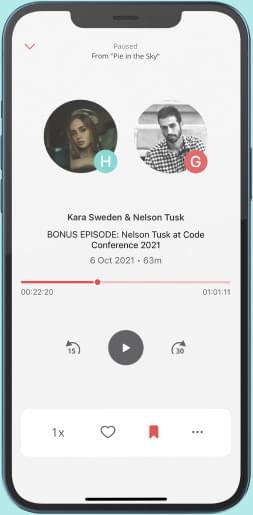
EP 212 Joy Hirsch on How the Brain Responds to Zoom
Jim talks with Joy Hirsch about the findings in her paper "Separable Processes for Live 'In-Person' and Live 'Zoom-like' Faces," which explores how humans respond at the neural level to Zoom calls versus in-person interactions. They discuss the advantages of near-infrared spectroscopy (fNIRS) & how it works, the speed of imaging, brain imaging for social interactions, what fNIRS can do that fMRI can't, previous work on face processing, the design of the experiment, controlling for distance, angles, & presence, the data collection process, longer eye fixation in in-person interactions, increased pupil size compared with Zoom calls, differences in neural activity between groups, EEG findings, decreased neural synchrony in Zoom interactions, what the results might indicate, social media & strength of social links, how this research might be used to make video calls more brain-friendly, and much more. Episode Transcript "Separable Processes for Live 'In-Person' and Live 'Zoom-like' Faces," by Joy Hirsch et. al. Joy Hirsch is the Elizabeth Mears and House Jameson Professor of Psychiatry, Comparative Medicine, and Neuroscience; and the Director of the Brain Function Laboratory at Yale School of Medicine. The overarching goal of her research is to understand the fundamental neural mechanisms that underlie live interactive social behaviors between individuals. Her laboratory has developed multi-modal two-person neuroimaging technology based on near infrared spectroscopy, fNIRS, configured for real-time live face-to-face and dialogue interactions between humans.
From "The Jim Rutt Show"




Comments
Add comment Feedback